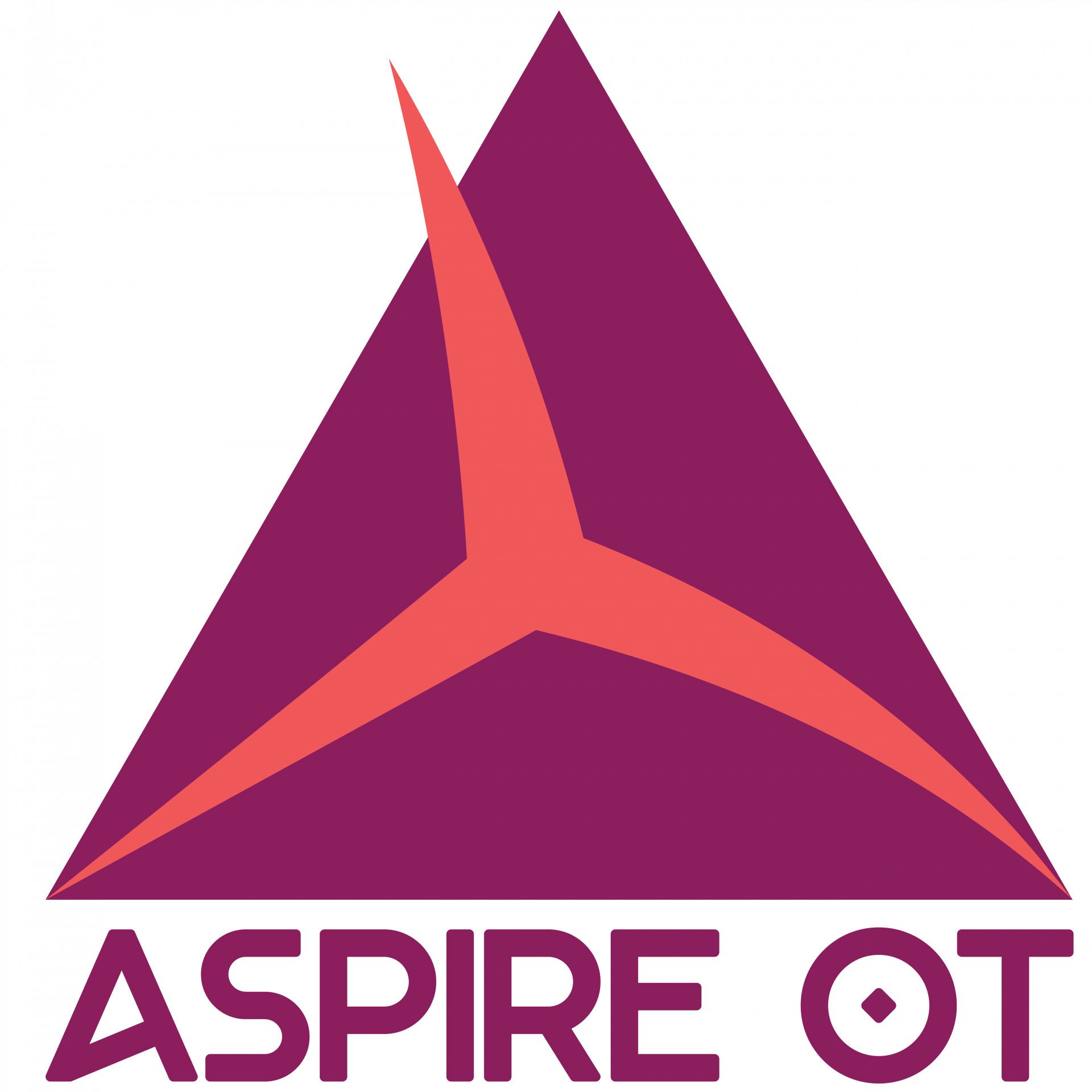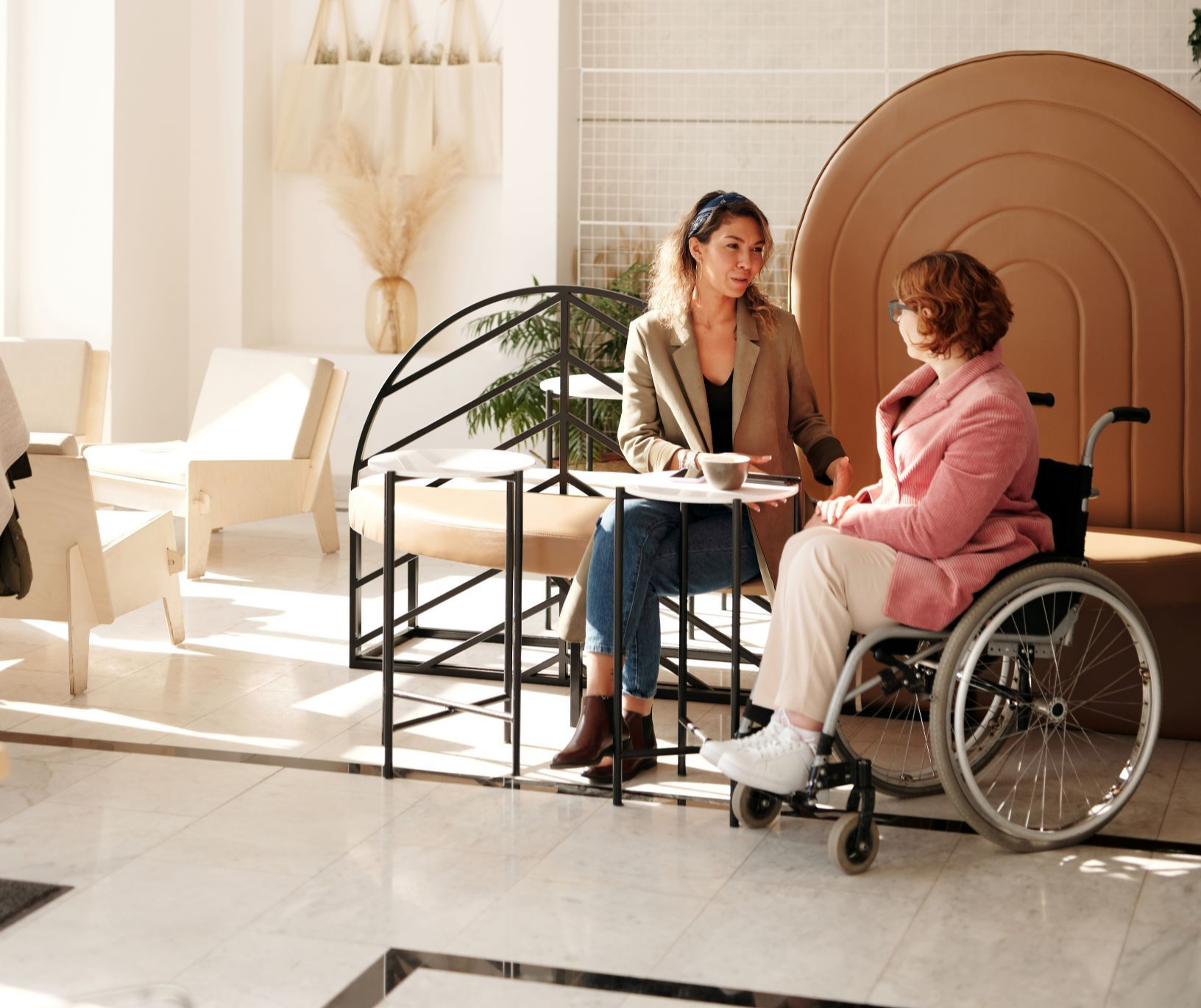Welcome to guest blogger and OT Joanna Blanchard MOTR/L
Sensory-based evaluation and assessment can be tricky. Standardized assessments can give us an idea but not always a holistic view of complex nervous systems trying to regulate.
Empty space, drag to resize
Keep reading to learn:- Why observing subtle nervous system cues is important
- Examples of signs that can be misinterpreted as behavior and how to consider a sensory-based perspective
- What the best observation environment and what types of information you can gather from the observation
Empty space, drag to resize
As a longtime pediatric practitioner and a parent of autistic sons, I’ve spent countless hours living and working with people who can’t explain or intuit why they feel dysregulated, triggered or upset. My experience in observation of subtle nervous system cues comes from day-to-day experience with a (now adult) non-speaking person, in the clinic, community and classroom and collaborating with the caregivers who know our clients best.
As empathetic therapists we often want to go straight into problem-solving mode when we see a client struggle. I have to remind myself to recognize my own state of regulation, sit back and subtly and respectfully watch the client’s interactions with task, peers and physical spaces. I am positive that to many it appears as if I just hang out and do nothing sometimes!
The nervous system gives clues to regulatory issues in natural environments and can give a picture beyond evaluation with traditional means. When just observing, (not analyzing or problem solving) We can pick up on sometimes fleeting, subtle and unconscious nervous system cues such as:
• Restlessness, difficulty staying with a task
• Sweaty hands
• Fast, shallow breathing or breath holding
• Self-harming, picking
• Averted or fixed gaze
• Ear color changes/cheeks flushed/nose red
• Hyper alert/wide eyed/trembling/fast talking
• Coughing, yawning, sighing
• Grimacing or out of control giggling
Some of these are often interpreted as behavioral, work avoidance or other disorders, but viewing through a sensory based lens can give a different perspective. What information, paired with task and environmental demands, telling us?
Observation in natural environments also gives you the
chance to gather information on other impacts on regulation such as trauma,
triggers or different cultural experiences that the client may be navigating.
Moving forward you will have a clearer picture to pair with standardized
assessment tools and begin building rapport as you start out with a client who
feels truly seen.



